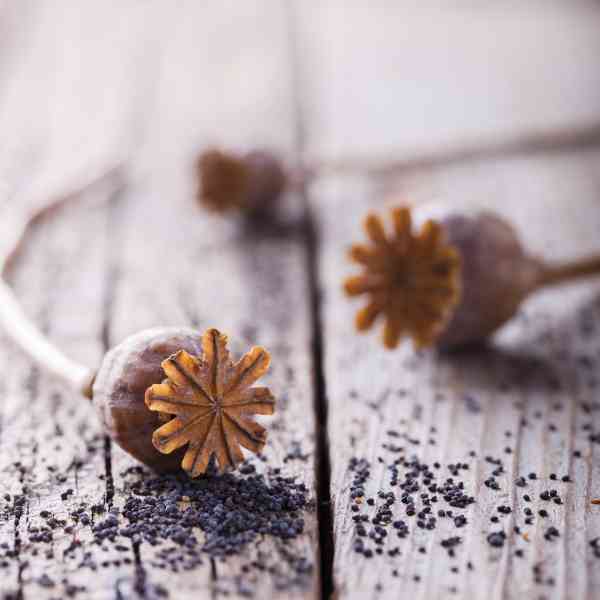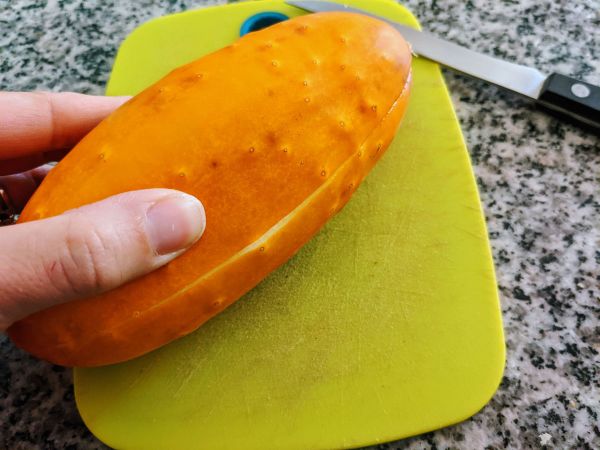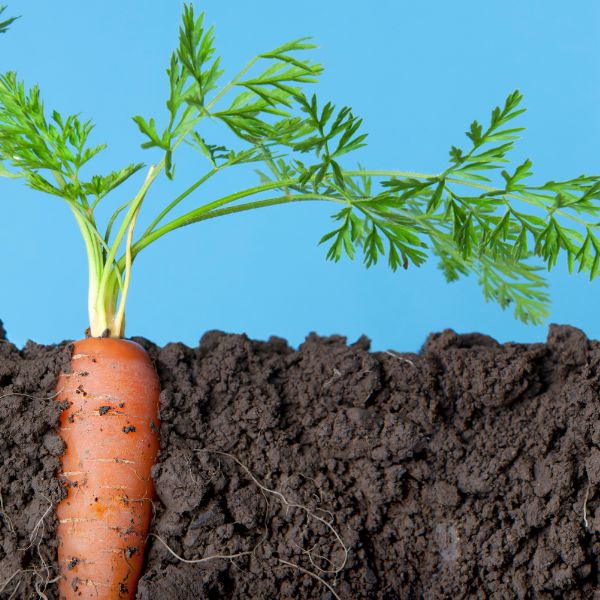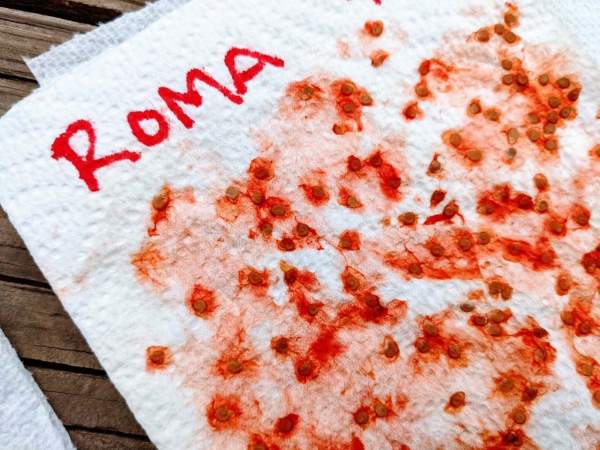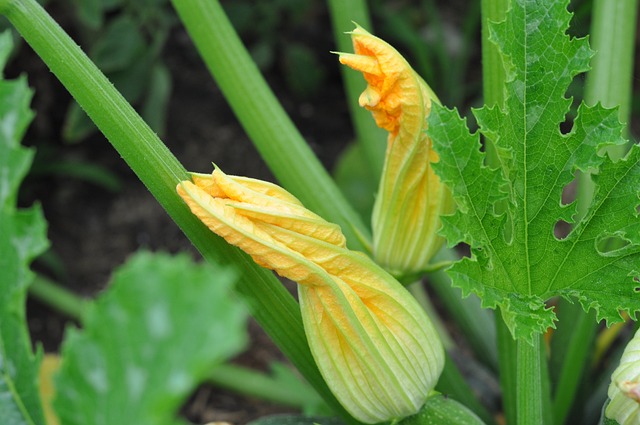Three Types Of Seed Every Gardener Should Know How To Save

🌼 The golden rule of seed saving
Save seeds from your best plants—not just any plant that happens to go to seed. You want to collect from strong, healthy, productive plants that have done well in your climate and soil. That way, next season’s plants will be just as good—or even better.
Heirloom and open-pollinated varieties are the most reliable for seed saving. These are stable lines that will grow true to type—meaning the plant babies will look and taste just like the parent. Even better, they’ll gradually become more adapted to your local conditions. That’s real resilience in the garden!
Hybrid varieties (often labelled F1) are a bit more unpredictable—plants grown from their seeds might not look or taste like the original. But if you’ve got the space and curiosity, go ahead and experiment. Some gardeners have had great results growing from supermarket produce seeds or hybrids. It’s all part of learning and playing in the garden.
🫛 The three types of seed sources in most veggie patches:
- Seeds in pods – like peas and beans
- Small, dry seeds – think parsley, kale, lettuce, or cauliflower
- Seeds in fleshy fruit – such as tomatoes, cucumbers, zucchinis, and melons
Each type needs a slightly different approach to collect and store.
✂️ Collecting seeds from pods (peas, beans, broadies)
Let the pods stay on the plant until they’re brown, dry, and rattling when you shake them. Snip them off, crack open the pods, and check the seeds inside are plump and undamaged. Then pop them into a labelled paper bag to continue drying in a cool, airy place.
🧡 Tip: Avoid saving seeds from the very first or very last pods of the season—middle-of-the-season pods usually make the strongest seeds.
🌾 Collecting small, dry seeds (parsley, kale, lettuce, etc.)
These can be sneaky—if you wait too long, they might scatter before you can collect them! As the seed heads begin to dry and turn brown, tie a paper bag around them to catch the seeds as they fall, or snip off the whole head and dry it in the bag.
❌ Avoid plastic bags—they trap moisture and can cause mould.
🍅 Collecting seeds from fleshy fruit (tomatoes, zucchinis, melons, etc.)
Choose fully ripe fruit with great colour and flavour. Softness is a good sign it’s ready. Cut it open, scoop out the seeds, and rinse them in a sieve to remove any clinging flesh (especially important for tomatoes—those jelly coatings can inhibit germination).
Spread them on a paper towel or clean tea towel to dry somewhere out of direct sun. Give it a few days until they feel hard and dry to the touch.
🫙 Storing your saved seeds
Seed storage is all about keeping things dry, cool, and labelled.
- Make sure seeds are completely dry before you pack them away.
- Store them in glass jars or paper envelopes.
- For extra moisture protection, toss in a little sachet of uncooked rice or silica gel.
- Label everything with the crop name and collection date—it’s easy to forget, especially when you’ve got lots on the go!
💬 In my own garden…
I’ve found that saving seeds becomes a lovely rhythm at the end of each season. It feels good to know that part of this season will carry into the next—like your garden is handing you a gift for future harvests.
It’s budget-friendly, sustainable, and deeply satisfying. Plus, there’s a special kind of pride in knowing your next crop came from your very own patch.
So if your garden is offering seeds—say yes! 🌿

